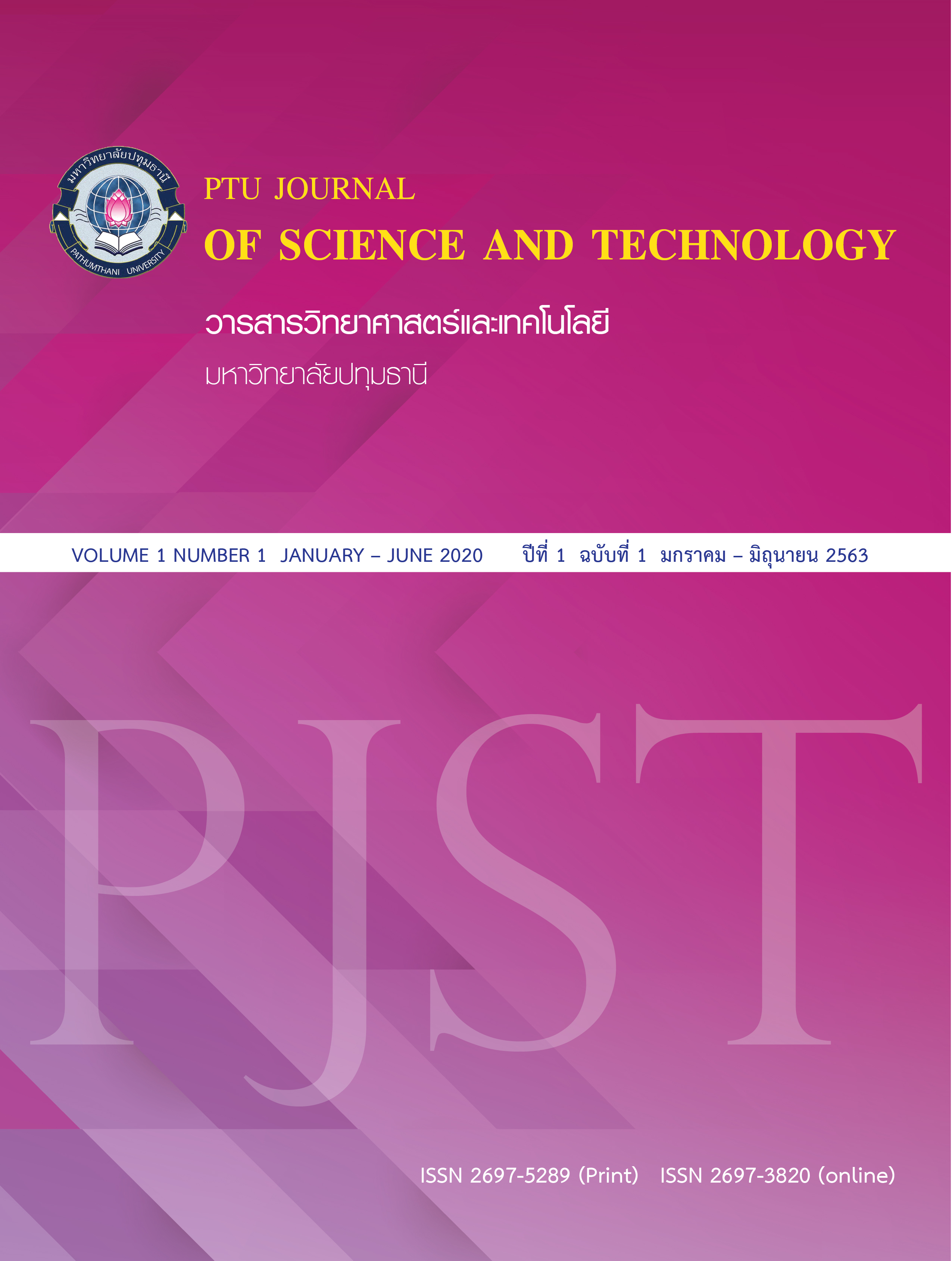Thermodynamic Prediction of Calcium Aluminate Cement Paste
Main Article Content
บทคัดย่อ
Calcium Aluminate Cement (CAC) is widely used in civil engineering application for some time. Research per thermodynamic prediction shows that the dissolution and nucleation behaviors reflect the ion concentration of the CAC system in solution. This study presents a theoretical prediction of calcium and aluminate ion concentrations of CAC system on dissolution and nucleation behavior, induction time (tind), interfacial free energy (γ), and crystal growth mechanism. Such data can influence the early-age hydration of CAC. Better understanding of the data is applied to predict and manipulate its early-age hydration. It is well understood that at 20ºC the CAC compositions of CaAl2O4·10H2O (CAH10) and Ca2Al2O5·8H2O (C2AH2) were the main hydrated products. Results in the study indicated that the nucleation of calcium phase was the controlling nucleation mechanism, not the aluminate.
Article Details
ความคิดเห็นและข้อเสนอแนะใดๆ ที่นำเสนอในบทความเป็นของผู้เขียนแต่เพียงผู้เดียว โดยบรรณาธิการ กองบรรณาธิการ และคณะกรรมการวารสารวิทยาศาสตร์และเทคโนโลยี มหาวิทยาลัยปทุมธานี ไม่ได้มีส่วนเกี่ยวข้องแต่อย่างใด มหาวิทยาลัย บรรณาธิการ และกองบรรณาธิการจะไม่รับผิดชอบต่อข้อผิดพลาดหรือผลที่เกิดจากการใช้ข้อมูลที่ปรากฏในวารสารฉบับนี้
เอกสารอ้างอิง
2. Brown PW. (1986). In: Proceedings of the 8th International Conference on the Chemistry of Cements; Rio de Janeiro (Brazil). Vol. 3, p 231.
3. De Aza AH, Pena P, Rodriguez MA, et al. (2003). New spinel-containing refractory cements. Eur Ceram Soc; 23(5):737–744.
4. Jones FE. (1960). In: Proceedings of the 4th International Symposium on Chemistry of Cement; 1960 Oct 2–7; Washington D.C: U.S. Department of Commerce. National Bureau of Standard.Vol. 1.
5. Ostwald W. (1990). Zeitschrift für physikalische Chemie. 34:495–503.
6. Price GJ, Mahon MF, Shannon J, et al. (2010). Composition of calcium carbonate polymorphs precipitated using ultrasound. Crys Growth Des. 11(1):39–44.
7. Prasittisopin L, Sereewatthanawut I. (2018). Effects of seeding nucleation agent on geopolymerization process of fly-ash geopolymer. Front Struc Civil Eng. 12(1):16–25.
8. Prasittisopin L, Trejo D. (2015). Hydration and phase formation of blended cementitious systems incorporating chemically transformed rice husk ash. Cem. Concr. Comp; 59:100–106.
9. Prasittisopin L, Trejo D. (2017). Performance characteristics of blended cementitious systems incorporating chemically transformed rice husk Ash. Adv Civil Eng Mater. 6(1):17–35.
10. Parr C, Fryda H, Liyama M, et al. (2008). Interractions of calcium aluminate cements and other matrixcomponents which control the initial hardening of deflocculated castables. Technical paper. TP-GB-RE-LAF-067. Kerneos; p.1-11.
11. Prasittisopin L, Trejo D. (2015). Effects of mixing variables on hardened characteristics of portland cement mortars. ACI Mater J ;112(3):399–407.
12. Rodger SA, Double DD. (1984). The chemistry of hydration of high alumina cement in the presence of accelerating and retarding admixtures. Cem Con Res. 14(1):73–82.
13. Scrivener KL, Capmas A. (1998). Lea's chemistry of cement and concrete. 4th ed. In: Hewlett PC, editor. New York (US): John Wiley & Sons.
14. Smith JM, Van Ness HC, (2000). Abbott M. Introduction to chemical engineering thermodynamics. 6th ed. McGraw-Hill.
15. Scrivener KL, Cabiron JL, Letourneux R. (1999). Performance concretes from calcium aluminate cements. Cem Con Res; 29:1215–1223.
16. Threlfall T. (2003). Structural and thermodynamic explanations of Ostwald's rule. Org Proc Res Dev; 7(6):1017–1027.
17. Totten GE, (2003). MacKenzie DS. Handbook of aluminum: alloy production and materials manufacturing. New York (US): Marcel Dekker AG.


